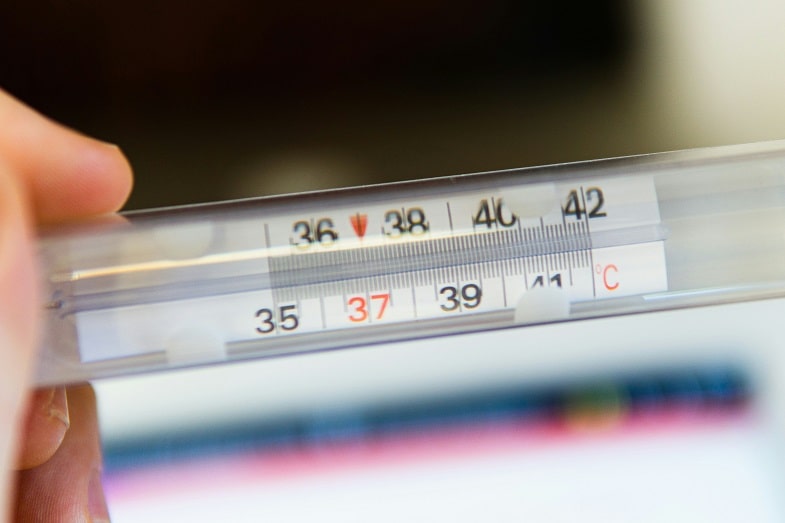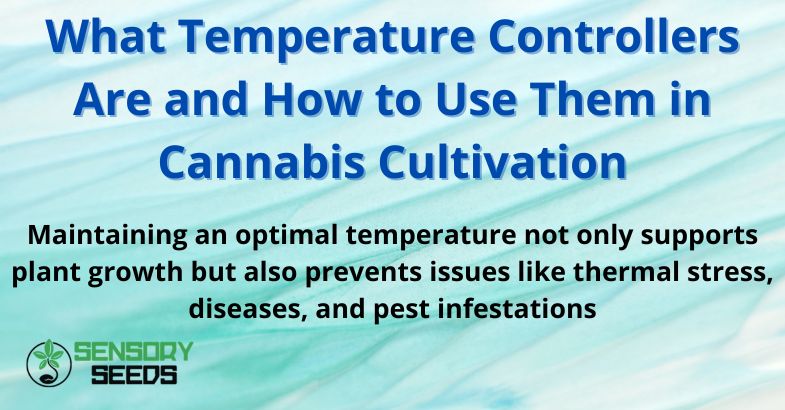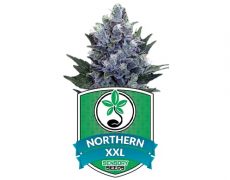Published on: 02/08/2024
Maintaining an optimal temperature not only supports plant growth but also prevents issues like thermal stress, diseases, and pest infestations
Growing cannabis seeds requires meticulous attention to various environmental factors to ensure healthy growth and abundant yields. Among these factors, temperature plays a crucial role.
This article will explore in detail what temperature controllers are, how they work, and how to use them effectively in cannabis cultivation.
What Are Temperature Controllers?
Temperature controllers are devices designed to monitor and regulate the temperature within a growing space. They detect the current temperature through sensors and activate heating or cooling systems to maintain the environment within a preset range. There are various types of temperature controllers, from basic models offering essential functions to advanced ones integrating multiple features and automation options.
These devices can be digital or analog. Digital models are usually more precise and offer greater ease of use thanks to LCD displays and control buttons. They can be programmed to maintain different temperatures at different times of the day, which is particularly useful for indoor cannabis cultivation where simulating natural day and night cycles is desired.
Read also: The Origin of Cannabis


Importance of Temperature in Cannabis Cultivation
Temperature affects almost every aspect of cannabis growth. During the day, the optimum temperature for cannabis plants ranges from 24-30°C, while at night it should drop to 18-22°C. Maintaining these temperatures helps optimize photosynthesis, improve nutrient absorption, and promote vigorous growth.
Excessively high temperatures can cause thermal stress, which manifests as curled leaves, yellowing, and slowed growth. In extreme cases, excessive heat can even kill plants. Conversely, temperatures that are too low can slow down plant metabolism, making them more vulnerable to diseases and infestations. A cold environment can also interfere with seed germination and flowering.
How Temperature Controllers Work
Temperature controllers operate through a system of sensors that detect the ambient temperature and send this data to the central module of the device. This module compares the detected temperature with the user-set temperature and activates heating or cooling devices accordingly.
For example, if the temperature within the growing space exceeds the set limit, the controller may activate a fan, air conditioner, or water cooling system to lower the temperature. Similarly, if the temperature drops below the lower limit, the device can activate a heater to raise it.
Some advanced controllers can also integrate with other automation systems, such as light timers and irrigation systems, to provide complete environmental control. This integration allows for optimal and consistent conditions, minimizing plant stress and improving yield.
Read also: How to Prevent and Treat Diseases in Cannabis Plants
How to Choose the Right Temperature Controller
Choosing the right temperature controller depends on several factors, including the size of the growing space, budget, and specific environmental control needs. Here are some aspects to consider:
- Size of the Growing Space: larger spaces may require more powerful controllers or multiple systems to ensure even temperature distribution;
- Required Features: determine if you need advanced functions such as programmability, remote control, or integration with other automation systems;
- Accuracy and Reliability: opt for devices from reputable brands that offer precise sensors and proven reliability. Accuracy is crucial for maintaining optimal conditions and reducing the risk of plant damage;
- Ease of Use: an intuitive interface and user-friendly functions can simplify temperature management, especially for less experienced growers;
- Budget: temperature controllers are available at various price points. Find a balance between cost and features, avoiding sacrificing quality for savings.
Installation and Configuration of Temperature Controllers
The installation and configuration of temperature controllers are straightforward but require attention to detail to ensure proper operation. Follow these steps to facilitate installation:
- Proper Sensor Placement: position temperature sensors strategically within the growing space to accurately detect the average temperature. Avoid placing them too close to direct heat or cooling sources to prevent incorrect readings;
- Connecting to Heating/Cooling Systems: connect the controller to heating and cooling devices following the manufacturer’s instructions. Ensure all connections are secure and well-insulated to prevent short circuits or malfunctions;
- Setting Configurations: set the desired temperature and upper and lower limits. If the controller is programmable, configure various programs based on your cultivation needs.
- System Testing: after installing and configuring the controller, perform tests to ensure the system responds correctly to temperature changes. Monitor its operation for a few days to verify stability and effectiveness.
Maintenance of Temperature Controllers
To ensure reliable operation and longevity of temperature controllers, regular maintenance is essential. Here are some useful tips:
- Clean the Sensors: sensors can accumulate dust and debris over time, affecting reading accuracy. Clean them periodically with a soft, dry cloth;
- Inspect Connections: regularly check all electrical connections to ensure they are secure and free from signs of wear or damage;
- Verify Accuracy: occasionally compare the controller’s readings with those of a reference thermometer to ensure accuracy. If significant discrepancies are noticed, calibration or sensor replacement may be necessary.


Using Temperature Controllers in Indoor and Outdoor Cultivation
The use of temperature controllers varies slightly depending on whether cultivation occurs indoors or outdoors.
- Indoor Environment: controllers are generally easier to manage as the grower has more control over environmental conditions. However, they require more complex installation and constant monitoring;
- Outdoor Environment: temperature control is more challenging due to natural climatic variations. Controllers can be used in greenhouses or growing tunnels, where some degree of environmental control is possible. The use of fans, heaters, and water cooling systems can help maintain more stable temperatures.
Benefits of Using Temperature Controllers
Adopting temperature controllers in cannabis cultivation offers numerous benefits, including:
- Optimizing Growth: whether growing regular or autoflowering seeds;
- Preventing Thermal Stress;
- Improving Harvest Quality.
Conclusion
Temperature controllers are essential tools for anyone looking to cultivate cannabis efficiently and with high quality. They provide precise environmental control, preventing temperature-related issues and enhancing yield and quality. Whether growing indoors or outdoors, investing in a good temperature controller can make the difference between a successful and a disappointing cultivation. With proper knowledge, temperature controllers will become a valuable ally in your cannabis seed cultivation efforts: purchase your favorites at SensorySeeds!









